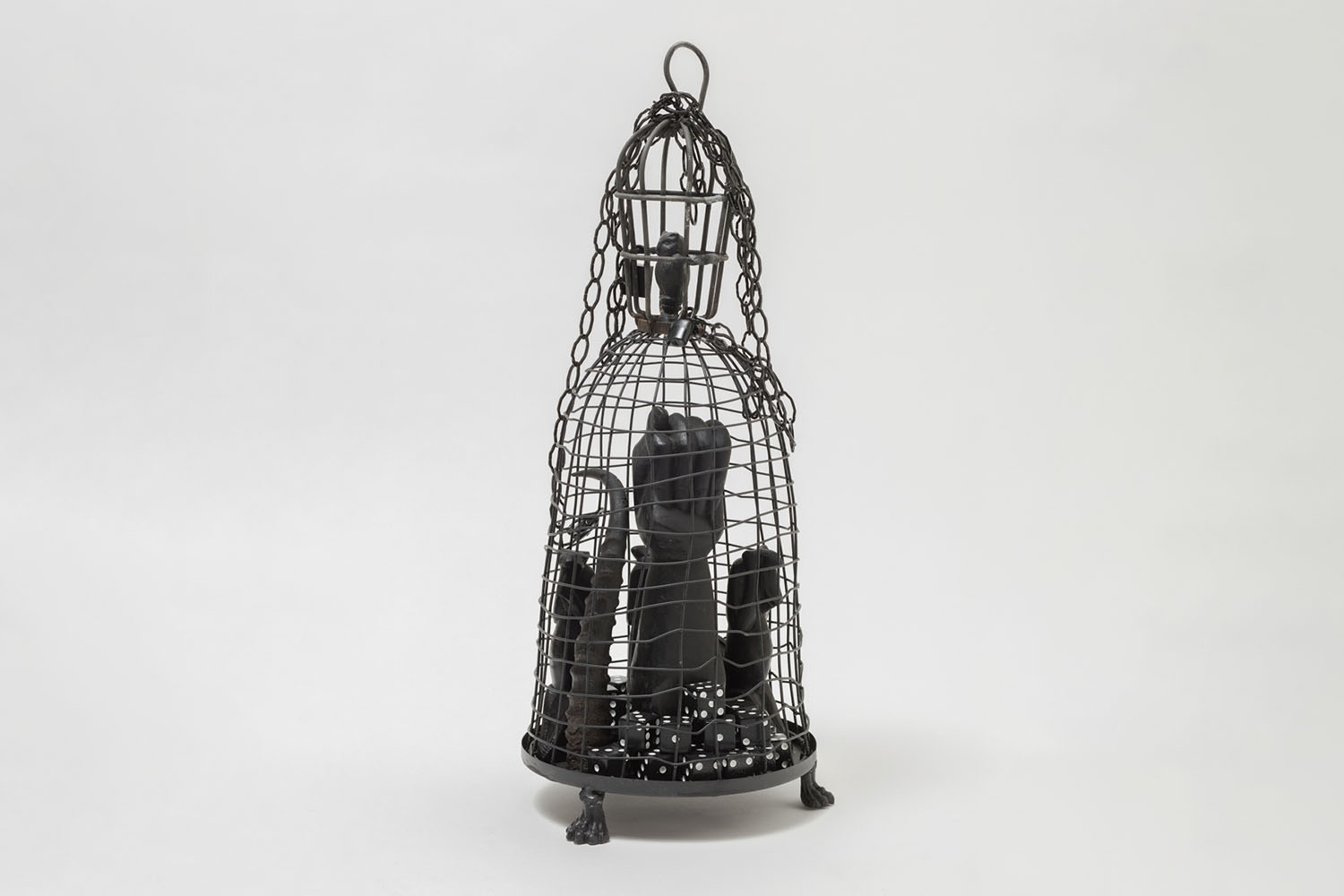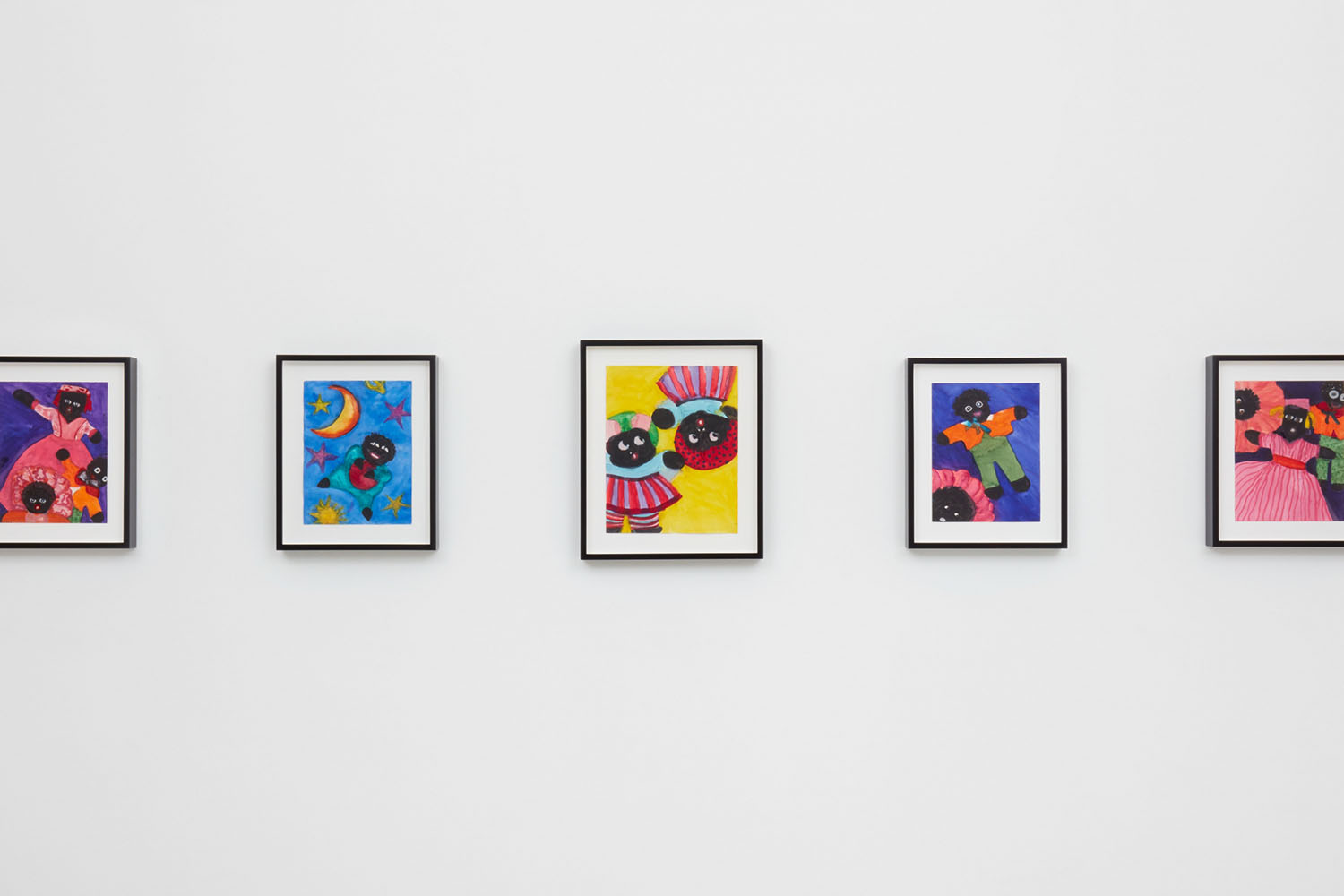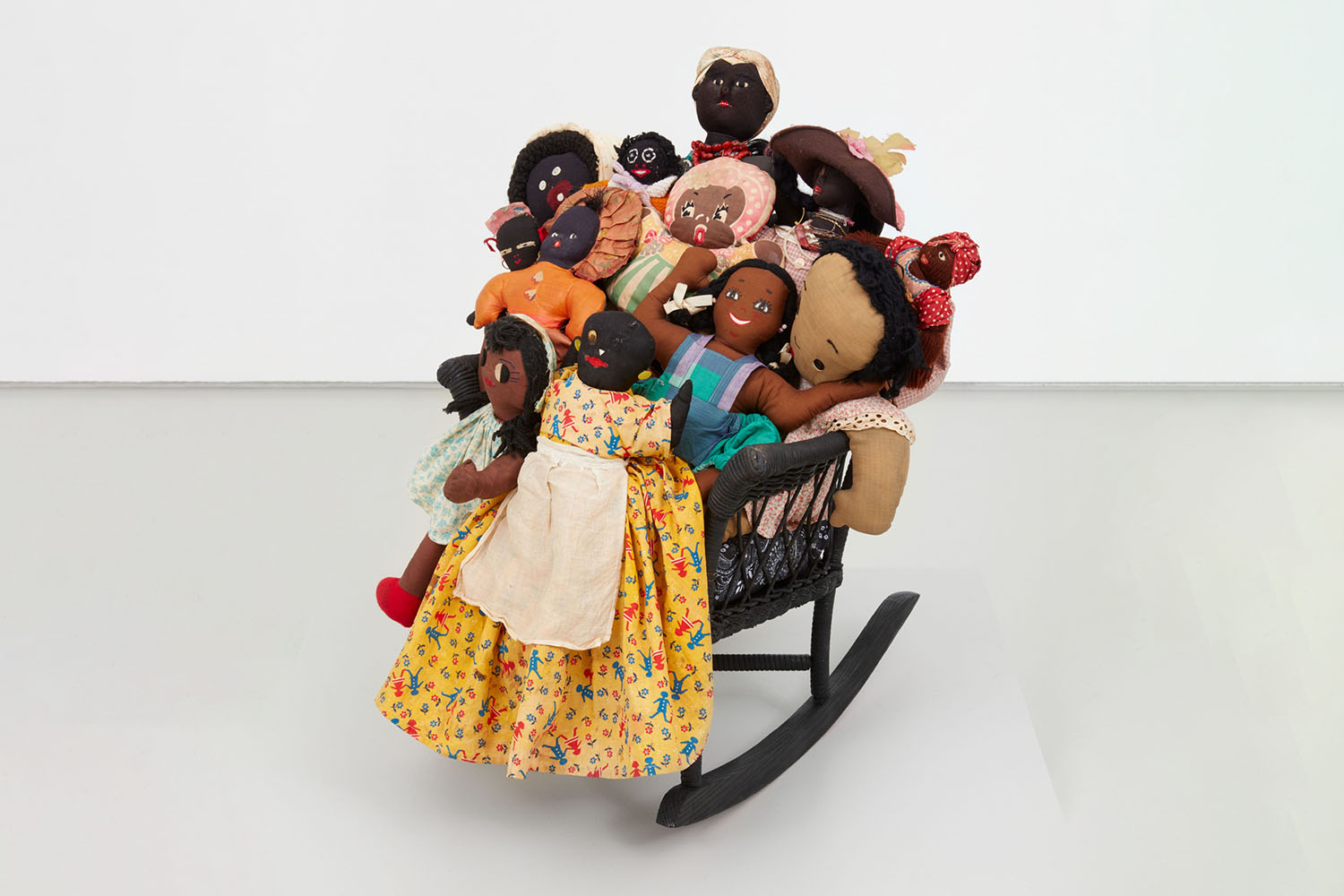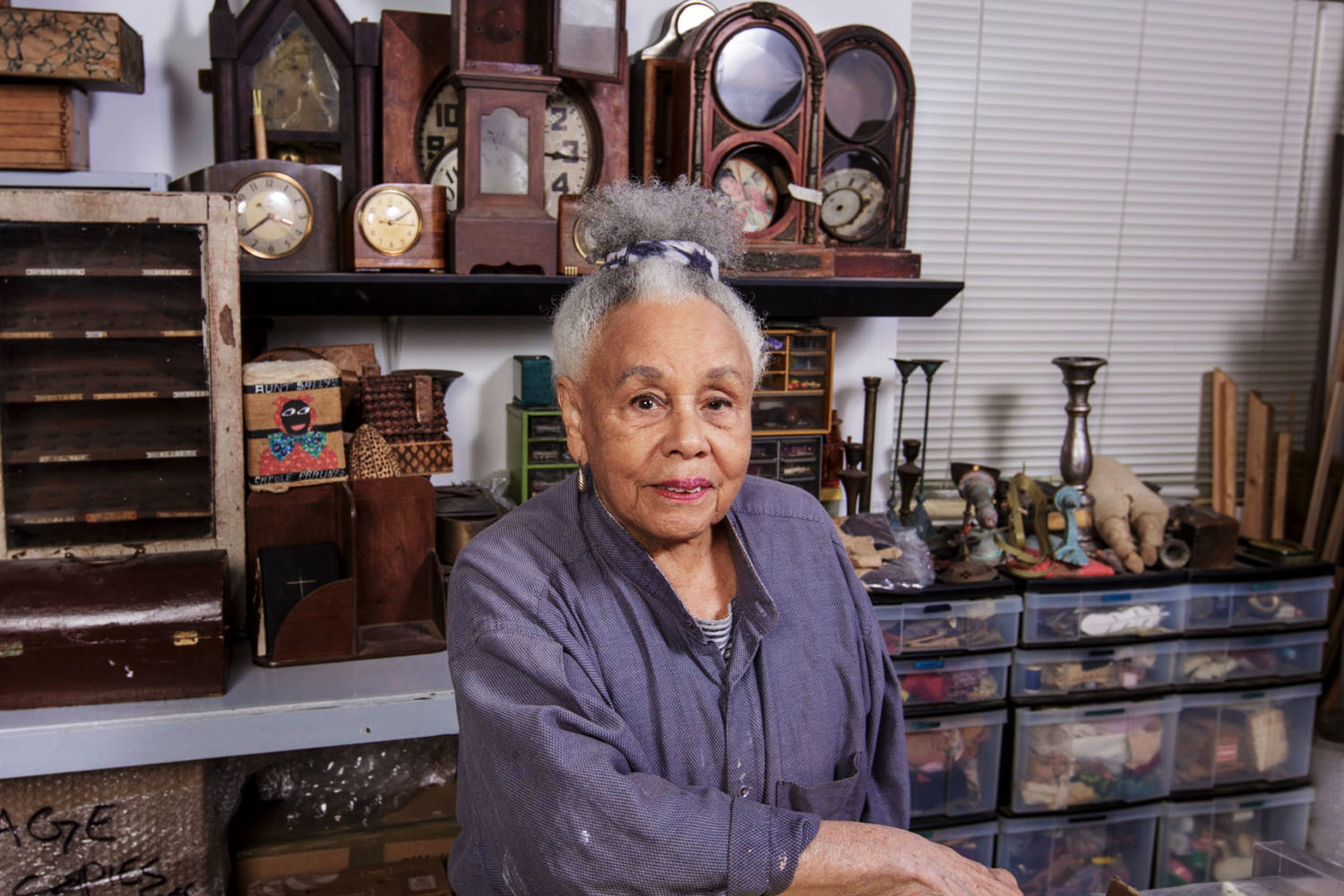An Artist You Should Know: Betye Saar
A chat with the legendary American artist who's been producing vital work for over seven decades
David and I spend a lot of time thinking about the art that goes into our homes. Lately, that’s meant a big focus on supporting the amazing and diverse breadth of contemporary BIPOC artists currently working in the U.S. and around the globe. Like: Betye Saar, who is best known for her always ornate and often political works of assemblage, a medium in which disparate elements and materials combine to create what are essentially three-dimensional collages. (The one we look after — Game of Fate, 2016 — is pictured below.)
Betye, now a spectacular 97, is still working and exhibiting around the country, with a show called Betye Saar: Serious Moonlight opening at the Institute of Contemporary Art in Miami. Below, she discusses her life and work in an exclusive chat with Wondercade.

Wondercade: Do you feel a kinship with other female artists whose work is connected to mysticism — Hilma af Klimt, Nikki de Saint Phalle, the many others? Do you think there is something within these mystical belief systems that in itself creates the conditions for important work — an open heart, an open mind?
Betye Saar: I really like the art of Frida Kahlo and went to Mexico City to see her house. I loved her use of blue color, as I was using a lot of blue in my art. I was also inspired by the red in Mexico City. A few years later, I created an installation at my gallery, Roberts Projects in Los Angeles of an all-red room. It came from that red in Mexico. I said, “I’m going to do all red and I’m going to call it ‘Red Time.’”
What materials do you find most interesting right now?
I’m always inspired by materials since I mainly do assemblages. I mostly find things at estate sales and flea markets. My studio is full of materials waiting to be made into art. Currently, I’m working on a new series, “The Rimrock Project,” appropriating objects I find near my daughter’s house in Joshua Tree. There’s all kinds of rusty materials and curious things out there.
Can you talk about the epiphany that brought you to assemblage from works on paper?
As a child of the depression, we were always making things. My grandmother lived in Watts, and I was inspired by Simon Rodia’s towers. That’s when I learned you could make art out of anything: bottlecaps, glass, corn cobs. He was the number-one recycler. I studied design at UCLA and was a costume designer for a while. Then, I went back to school and was seduced by printmaking. I always considered myself an artist, but it wasn’t until then that I started doing fine art. And I got into assemblage when I saw the work of Joseph Cornell.

As your practice evolved into assemblage and politically emphatic work, did you ever doubt yourself? How did you sustain your commitment to your vision?
The Civil Rights movement and the assassination of Dr. Martin Luther King, Jr., were the impetus for my political work, in particular The Liberation of Aunt Jemima, 1972. I began making art about racism and it was my aim to depict Black people in a positive light. Art was my form of protest. My work has focused on different themes: mysticism, race and heritage. I never doubted my vision, but the themes I use have evolved.
Are you hopeful about the art world today — in that artists making important, ambitious work will be recognized for that work?
Everything has changed with the pandemic. I’m also 95 now and don’t go out much or pay too much attention to the art world. Luckily, I’ve still been able to do my art. Recently, I’ve been working on watercolors of my Black doll collection, many of which are on view now in “Black Doll Blues” at Roberts Projects.
Can you suggest a few artists making work today that you find revelatory, exciting, important?
I’m attracted to artists who use unusual materials to make art, artists who see things differently.

I’d love to hear about the inspiration behind Game of Fate, 2016 and how you chose some of the specific motifs in the piece: the horn, the clock, the dice, the fist.
Game of Fate, 2016 depicts three sculptures carved as baboons, representing the wise monkeys of the proverb “see no evil, hear no evil, speak no evil.” The dice connote choices resolved by games of chance. The horn calls to mind another type of game — animals that are hunted, and whose horns are valued for their medicinal and spiritual powers. The raised fist symbolizes the defiant symbol of Black power and resistance to oppression. Together the group of objects forms a scene of protest to their confinement. Their shared darkness attests that the fate of Black people is linked to the fate of a world that refuses to see, hear or speak their injustice.




